Exports of medicine, health products to stabilize in H2 on demand recovery
Major Chinese medicine and health product manufacturers are expected to further expand sales in the markets related to the Belt and Road Initiative this year, especially those on manufacturing innovative medical equipment, industry observers said.
In the first quarter of this year, the total value of medicines and health products exported from China reached $26.3 billion, down 31.42 percent year-on-year, according to the China Chamber of Commerce for Import and Export of Medicines and Health Products (CCCMHPIE) on Wednesday.
Of the total, exports of traditional Chinese medicines edged up 3.43 percent year-on-year, reaching $1.45 billion, while the exports of Western medicines and medical equipment reached $13.79 billion and $11.05 billion, dropping 18.93 percent and 44.53 percent on a yearly basis, respectively, according to the chamber, which is affiliated to the Ministry of Commerce.
"In the latter half of the year, the exports of medicines and health products are expected to stabilize and gradually rebound with the recovery of the global economy. The foreign trade of medicines and health products is expected to return to a normal development stage similar to the pre-COVID-19 period," said Yu Meng, deputy director of the information department at the chamber.
"China's products, such as the raw materials for Western medicines and small and medium-sized medical equipment, will maintain their advantageous positions in exports, while more innovative medical equipment is expected to be exported overseas," Yu said.
Since the COVID outbreak, the export of China's pandemic prevention equipment has played a significant role in fighting the virus. With such demand weakening globally, the foreign trade of medicines and health products is expected to return to normalcy.
The export of pandemic prevention equipment had a profound impact on foreign trade during the different stages of the pandemic, and the export of medicines and health products fluctuated periodically, the CCCMHPIE said.
In 2022, the United States, India and Germany stood as the top three recipients of China's exports of medicines and health products and together accounted for some 30 percent of the total export value, data from the CCCMHPIE showed.
In terms of regions, the European Union, the US and the Association of Southeast Asian Nations came in as the top three destinations for China's exports of medicines and health products last year.
Particularly, in 2022, China's export value of medicines and health products to the EU reached $28.95 billion, down 10.66 percent year-on-year. The export values to the US and ASEAN achieved $21.33 billion and $13.68 billion, declining 21.21 percent and 18.73 percent year-on-year, respectively.
In the past few years, several major Chinese pharmaceutical companies have expanded their presence in the markets involved in the BRI. From 2019 to 2021, North China Pharmaceutical Group Corp sold its products in 32 countries related to the BRI, and its antibiotics and vitamins saw huge demand in Africa.
Chinese pharmaceutical company Luye Pharma Group Ltd sold its medical products like central nervous system medicine to emerging markets in Latin America, Africa and Eastern Europe.
Meanwhile, the Shenyang, Liaoning province-based enterprise Neusoft Medical Systems has provided comprehensive medical diagnostic services to BRI economies for many years. It has established a subsidiary in Dubai and provided medical services in more than 10 countries, such as the United Arab Emirates, Algeria, Morocco and Egypt.
"The new round of medical infrastructure construction globally has created new opportunities for Chinese companies. With high-quality products and comprehensive service systems, some companies have reached more high-end customers in overseas markets," Yu said.
"Still, with some international uncertainties remaining, such as the Russia-Ukraine conflict and Sino-US trade tensions, many countries have further strengthened their local medical industrial chains, intensifying competition," he said.








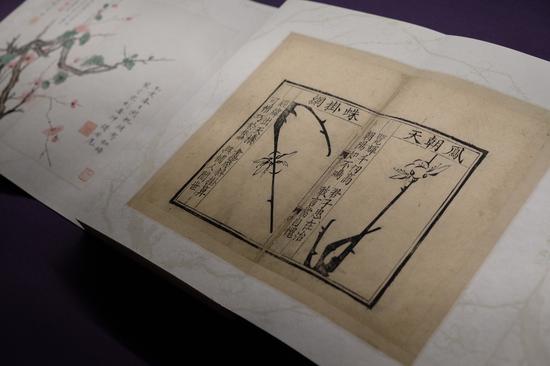
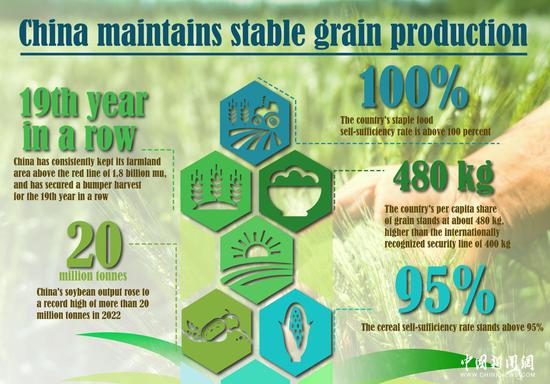
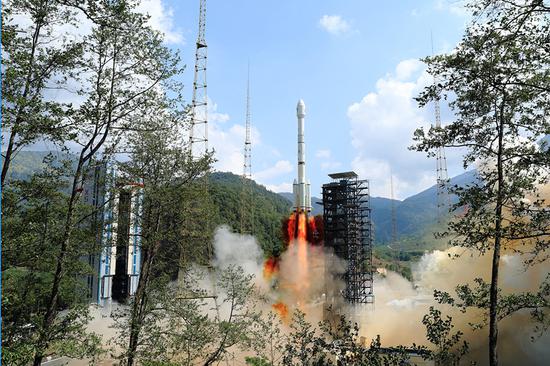


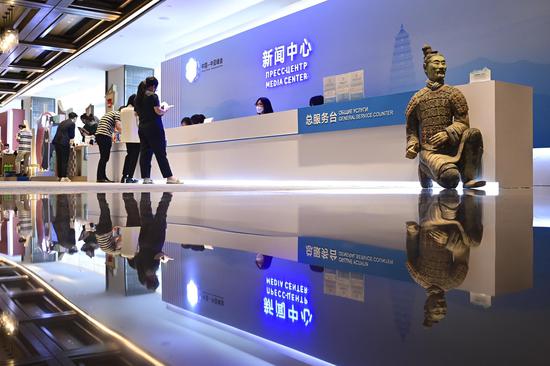





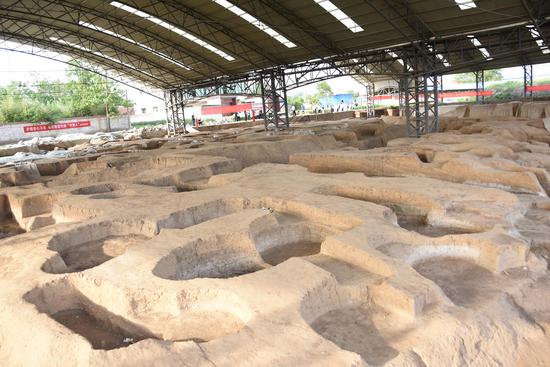

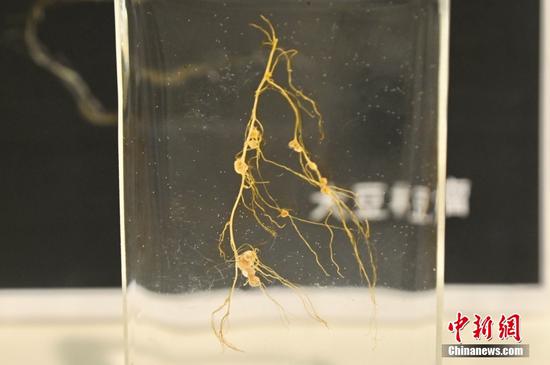
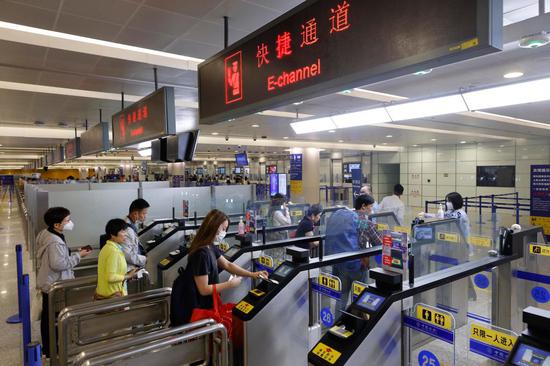


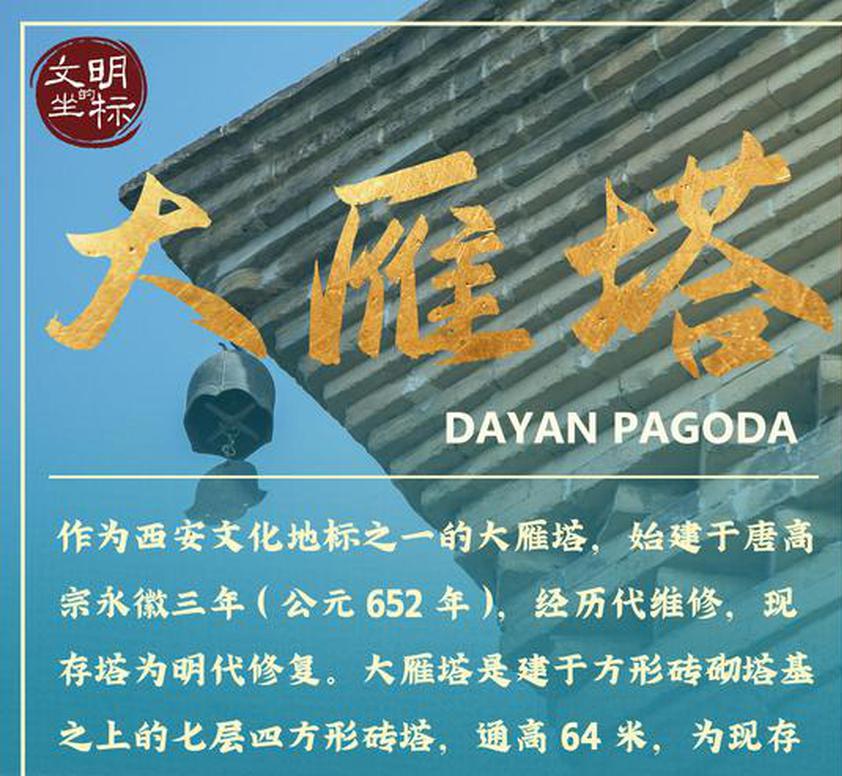
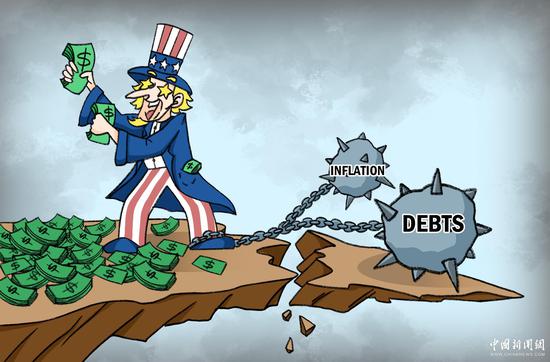
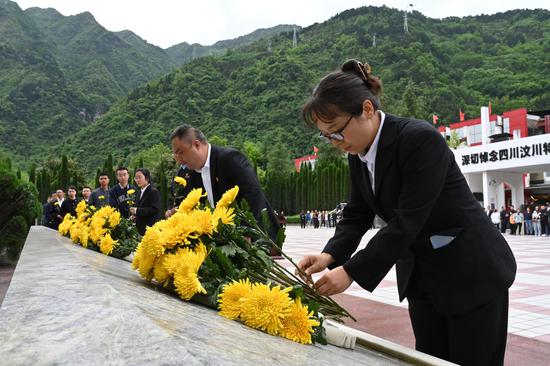
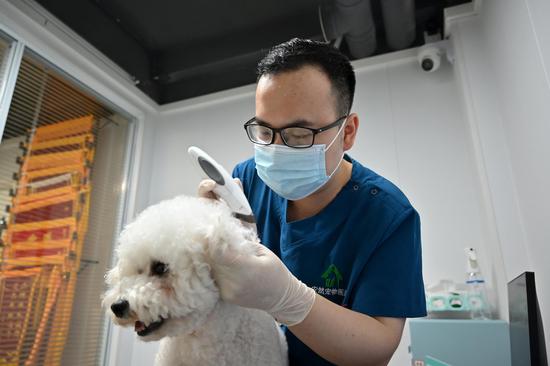
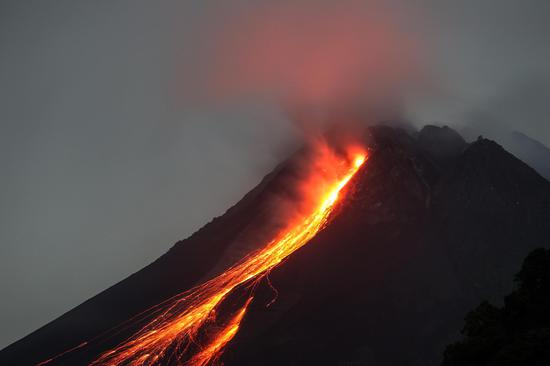
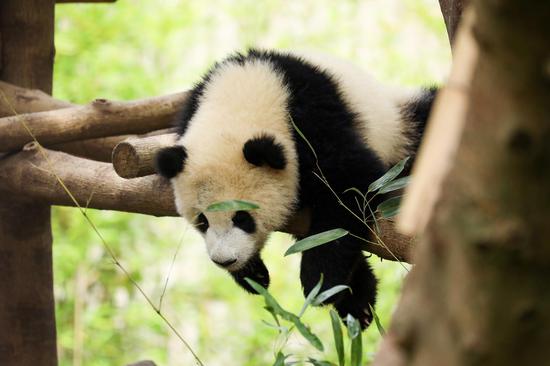
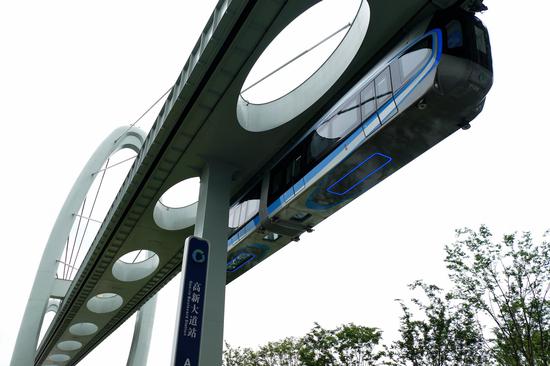

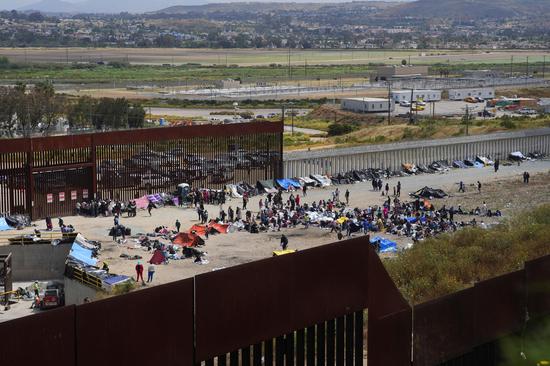


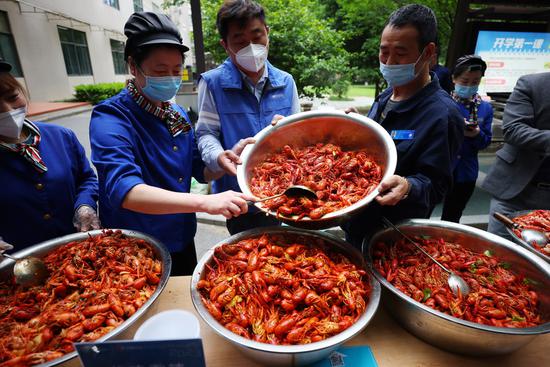


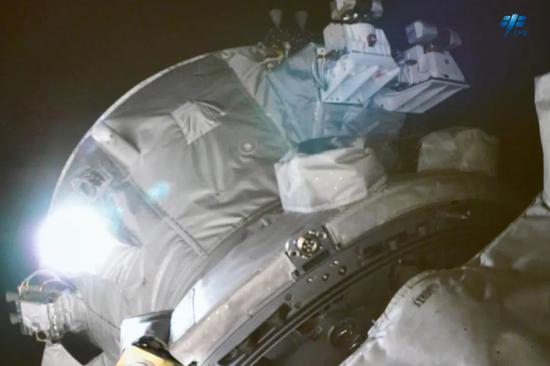
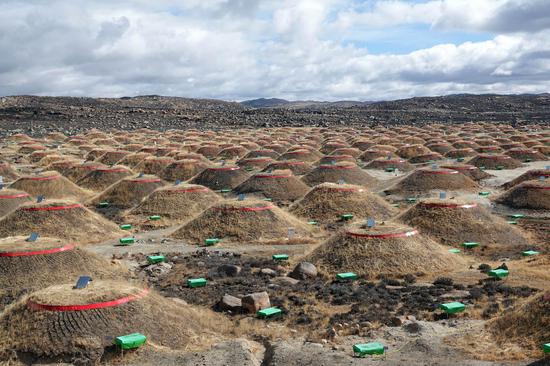
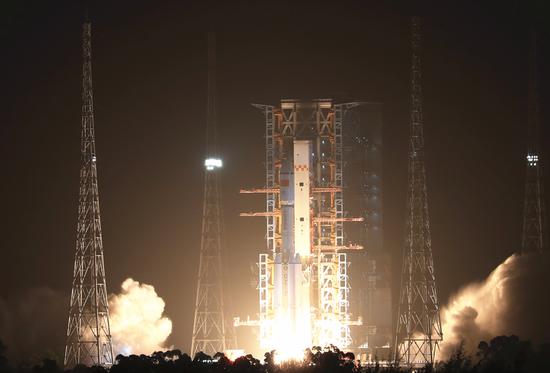








 京公网安备 11010202009201号
京公网安备 11010202009201号